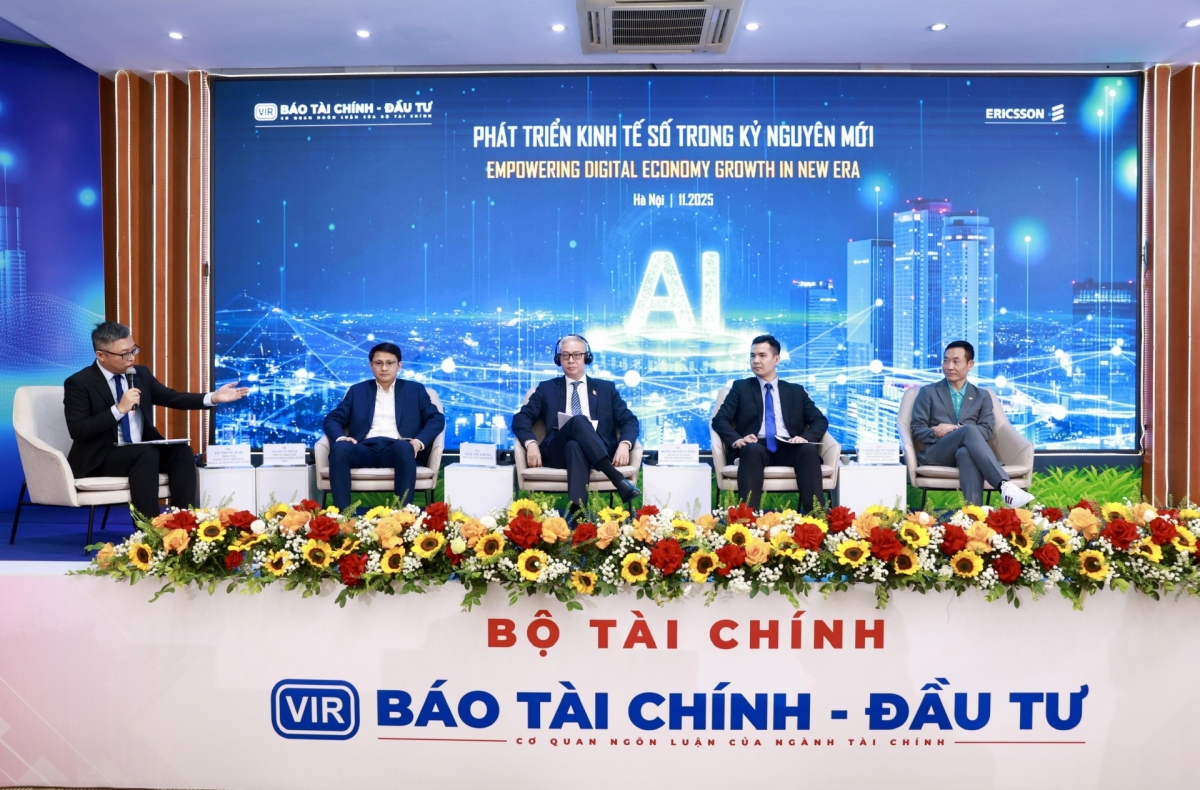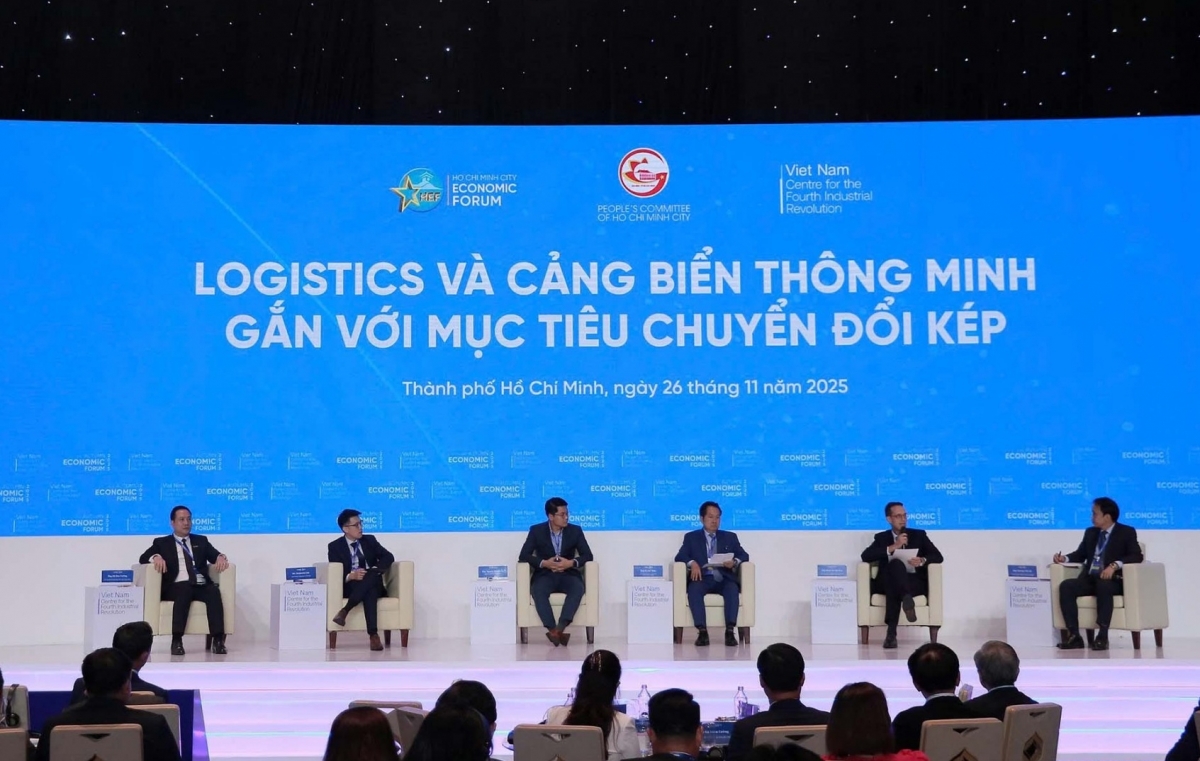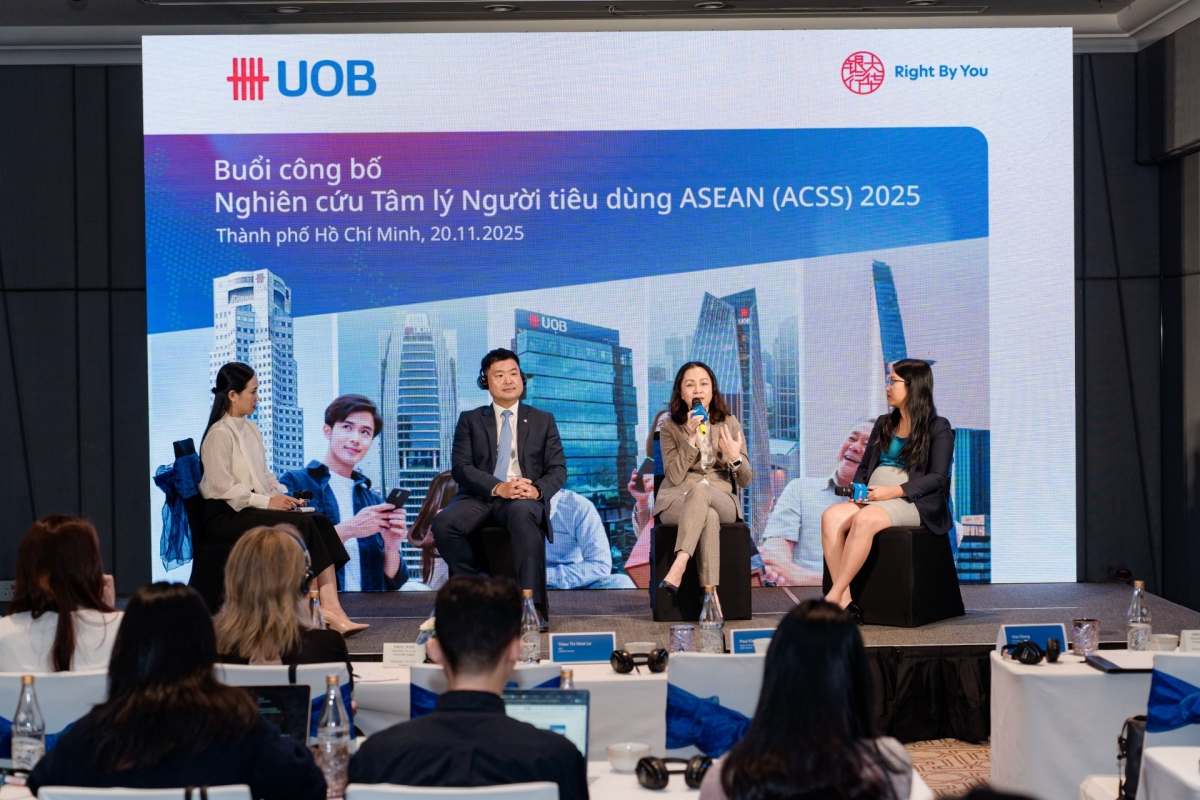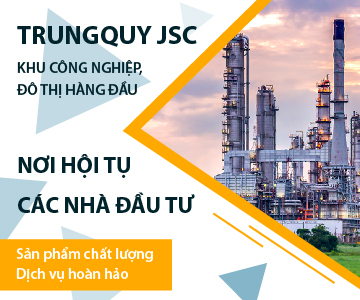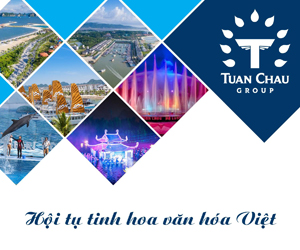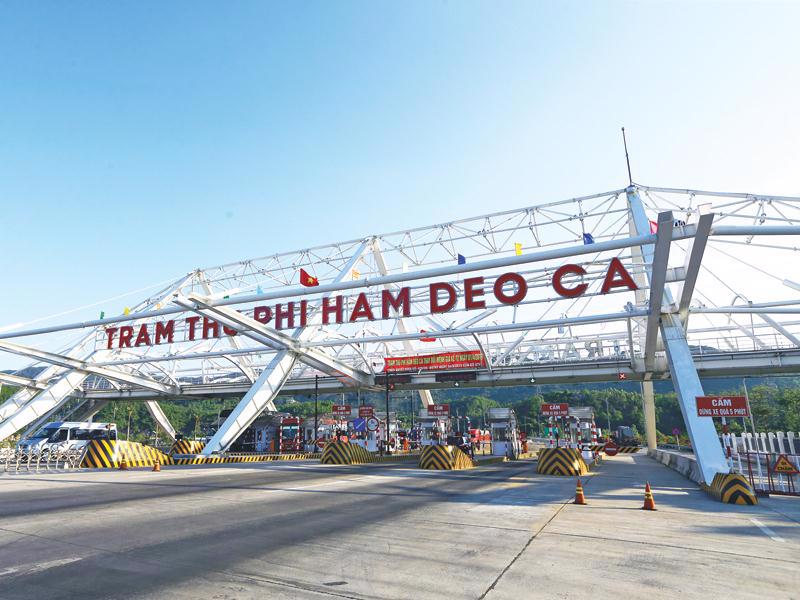INTERNATIONAL INVESTMENT
AND PORTAL
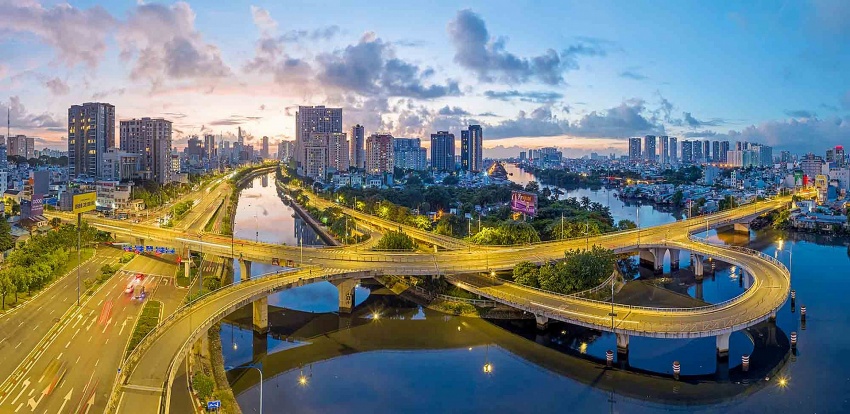 A wave of large-scale infrastructure proposals under the build-transfer model. Photo: Le Toan
A wave of large-scale infrastructure proposals under the build-transfer model. Photo: Le Toan
In early July, Sun Group submitted a proposal to the municipal authorities to study and invest in a road along the Saigon River. The road would span 40km, featuring 8-10 traffic lanes and a metro or tramway system through the former Cu Chi district. The group proposed implementing the road via the BT model, with payment in the form of land lots totalling approximately 4,100 hectares along the river corridor.
Sun Group also expressed interest in two additional undertakings: the Rach Chiec National Sports complex and the National Cultural and Historical Park. Both were proposed under the BT model, with payment via 147ha of land in the Truong Tho urban area.
Soon after, Ho Chi Minh City Infrastructure Investment JSC (CII) submitted a proposal to become the main investor in dredging canals, excavating a central lake, and constructing four bridges within the functional zones of Thu Thiem New Urban Area.
CII proposed separating these works into a standalone project under the public–private partnership (PPP) model, using the new BT contract mechanism, and receiving compensation either through land or cash, rather than bundling them with the northern residential area BT project as previously done.
It also committed to completing the feasibility study within three months of policy approval and to building the four bridges within 12 months. Dredging and excavation of the central lake and new canals are expected to be completed within 30 months.
Another major real estate player, Masterise Group, has expressed interest in developing Can Gio Bridge under the BT model, with land-based compensation. The scheme has also attracted interest from Trung Nam Group, which submitted its proposal to the city in February.
In addition to Can Gio Bridge, Trung Nam Group also proposed Thu Thiem 4 Bridge under a similar model. Both projects were previously studied under the build-operate-transfer format, with nearly half of funding coming from the city’s budget.
The recent surge in BT proposals in Ho Chi Minh City follows the enactment of Law No.57/2024/QH15, which amends several key pieces of legislation on planning, investment, public procurement, and more. The law clarifies compensation mechanisms for BT contracts, allowing payment in either land or state budget funds, helping to remove long-standing bottlenecks that have left many initiatives in limbo.
In addition, the law strengthens investor selection by requiring transparent, public bidding processes with clear evaluation criteria. Payment mechanisms must now be defined from the planning stage, reducing the risk of debt accumulation and contract mismanagement.
According to Dr. Do Thien Anh Tuan, a public policy lecturer at Fulbright University Vietnam, the government’s move to enable PPP investment through BT contracts is a step in the right direction for attracting private capital into infrastructure development, given limited public funding.
“By investing through BT contracts, the state can leverage the capital, execution capacity, and technology of the private sector, while creating healthy competition through bidding. More importantly, using public funds for BT contracts enhances accountability in public service delivery,” said Tuan.
Ho Chi Minh City is currently calling for investment in 54 PPP projects, including around 40 in culture, sports, and healthcare, five traffic initiatives, and eight undertakings in education and sports.
Regulatory breakthroughs are reigniting investor interest in stalled infrastructure developments through land-for-construction build-transfer models.
On July 21, Deputy Prime Minister Nguyen Hoa Binh signed Resolution No.212/NQ-CP to remove obstacles for two major infrastructure projects in Ho Chi Minh City.
According to the resolution, the government assigned Ho Chi Minh City People’s Committee to prepare, appraise, and revise the feasibility studies for the tidal flood control project in the context of climate change, as well as the road connecting Pham Van Dong to Go Dua-National Highway No.1, in accordance with current regulations.
Specifically, for the tidal flood control scheme, the city is permitted to repay the investor through land allocation. If the land value is lower than the value of the BT venture, after reviewing and excluding unreasonable costs, the remaining difference will be paid in cash using Ho Chi Minh City’s public investment capital. The city will be responsible for determining the land value and land use fees for the designated payment plots.
Originally launched in 2016 with a cost of around $400 million, the tidal flood control project was designed to mitigate flooding across a 570-square-kilometre area, benefiting 6.5 million residents.
Despite being more than 90 per cent complete, the project has been suspended since 2020 due to unresolved issues regarding land payment, revisions to technical documentation, and BT contract terms.
Similarly, a section of Ring Road 2, with total investment exceeding $108 million, has also been delayed for years due to land clearance issues and payment procedures involving land allocation to the investor, Van Phu Bac Ai JSC. Construction began in 2017 and was initially expected to be completed in three years, but has stalled since 2020, with only 44 per cent finished.
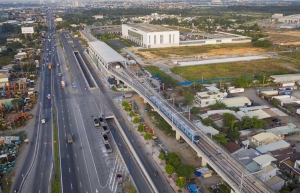 Ho Chi Minh City targets 64,000 hectares of land for TOD
Ho Chi Minh City targets 64,000 hectares of land for TOD
Ho Chi Minh City will reserve more than 64,000 hectares of land for public transit-oriented development (TOD).
 Ho Chi Minh City looks to develop potential of Saigon River
Ho Chi Minh City looks to develop potential of Saigon River
Ho Chi Minh City has announced plans to develop infrastructure along the Saigon River towards the East Sea.
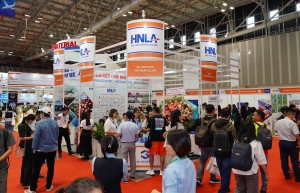 Vietnam International Logistics Exhibition to open in Ho Chi Minh City
Vietnam International Logistics Exhibition to open in Ho Chi Minh City
Vietnam International Logistics Exhibition 2025 (VILOG 2025) will take place from July 31 to August 2 in Ho Chi Minh City, highlighting the transformative power of digital solutions and strategic partnerships in fostering a greener, more efficient logistics sector.
